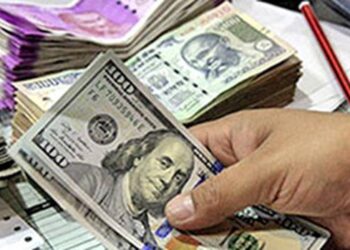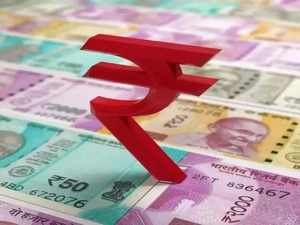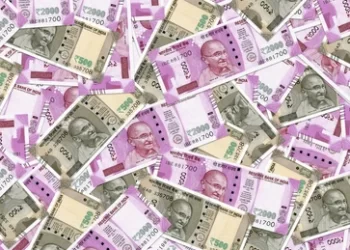Mumbai:
In the first three months of this year India’s gold demand declined 18 % to 135.5 tonnes, mainly due to a sharp rise in prices, according to the World Gold Council (WGC).
The demand stood at 165.8 tonnes in the first three months of 2021.
Gold demand dropped 12 % to ₹ 61,550 crore in the January-March period ,in terms of value. It stood at ₹ 69,720 crore in the year-ago period, the “Gold Demand Trends Q1 2022” reported WGC.
WGC Regional CEO, India, Somasundaram P R said that gold prices began rising in January, increasing by 8 per cent to ₹ 45,434 per 10 grams (without taxes) in the first quarter of this year, mainly due to geopolitical tensions.
In comparison, the prices were at around ₹ 42,045 crore in January-March 2021 period.
As per the report, total jewellery demand in the country during the latest March quarter fell 26 per cent to 94.2 tonnes. It was at 126.5 tonnes in the same period last year.
In terms of value, jewellery demand plunged 20 per cent to ₹ 42,800 crore in the first quarter of this year. The same was at ₹ Rs 53,200 crore in the year-ago period.
“After rising to record levels in the fourth quarter of 2021, India’s gold jewellery demand fell by 26 per cent year-on-year in the first quarter of this year to 94 tonnes. Since 2010, barring the pandemic periods, this is only the third time the first quarter total has been below 100 tonnes,” Mr Somasundaram said.
Further, he said that fewer auspicious days coupled with a sharp rise in gold prices meant fewer weddings and a pause in retail demand, with households postponing gold buying in anticipation of a price correction.
This year, he said the overall demand for gold is likely to be around 800-850 tonnes.
Total investment demand for gold increased 5 per cent to 41.3 tonnes in the latest March quarter compared to 39.3 tonnes in the same period a year ago.
According to the report, in value terms, gold investment demand was up 13 per cent at ₹ 18,750 crore. It was at ₹ 16,520 crore in the same quarter of 2021.
Investment demand, primarily gold bars and coins, however, grew 5 per cent to 41 tonnes, rising prices and volatility in equity markets acting as support, Mr Somasundaram said.
The Reserve Bank of India (RBI) continued to buy the yellow metal and bought 8 tonnes during the first quarter of this year, he said, adding that the central bank began buying gold from late 2017, and since then, have bought 200 tonnes.
During the first quarter of 2022, total gold recycled in the country surged 88 per cent to 27.8 tonnes. The same was at 14.8 tonnes in the year-ago period.
Total net bullion imports in the latest March quarter fell 58 per cent to 132.2 tonnes as against 313.9 tonnes in the same period of last year.
With safe-haven demand and rupee depreciation pushing gold prices above ₹ 50,000 per 10 grams, Mr Somasundaram said discussions with traders revealed that most of the buying was of lower ticket items such as 10 grams and below.
“Overall, Indian gold demand fell 18 per cent this quarter and with recycling up by 88 per cent, net bullion imports for the quarter was lower by 58 per cent year-on-year. The hiatus in growth could be a result of mixed sentiments in the market about price, uncertainty about COVID caused by news in the neighbouring market, fear of inflation and long term impact of the global conflict,” he said.
Geopolitical uncertainties, especially in the wake of the Russia-Ukraine conflict, is expected to push more investors to buy gold for diversification as well as hedging purpose.
“The impact of revival in the rural markets, more particularly with the forecast of a normal monsoon for a fifth consecutive year, is likely to be significant for gold in 2022,” Mr Somasundaram said.
Source:NDTV







 Finance
Finance






